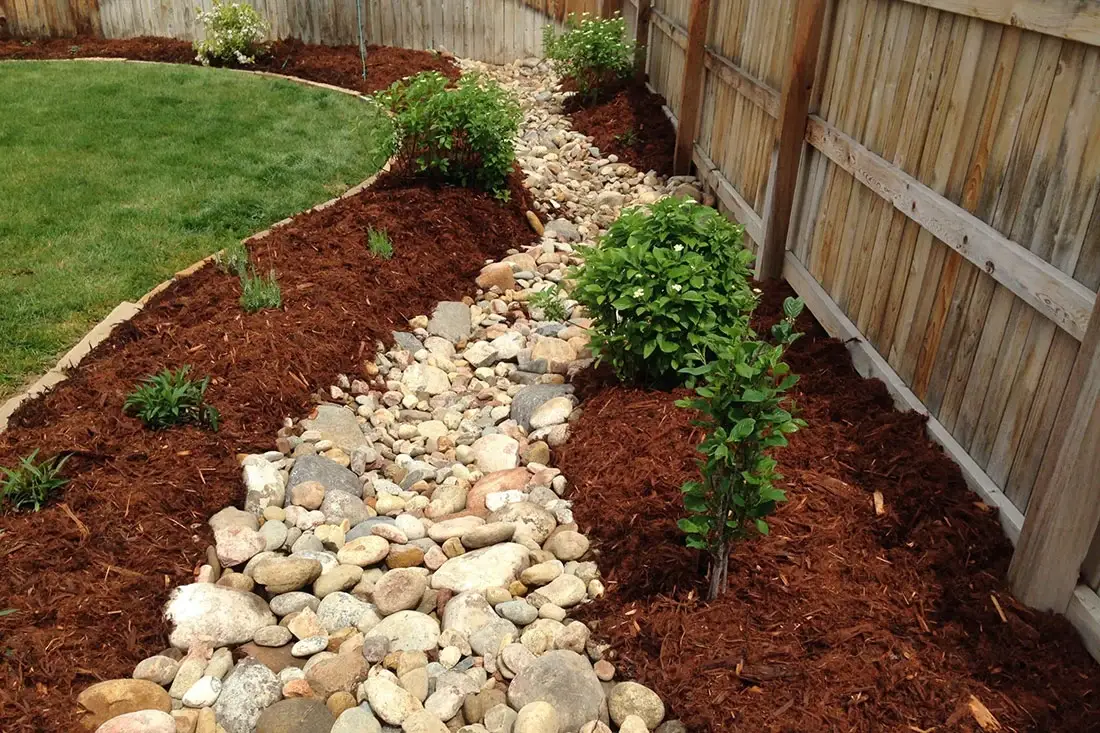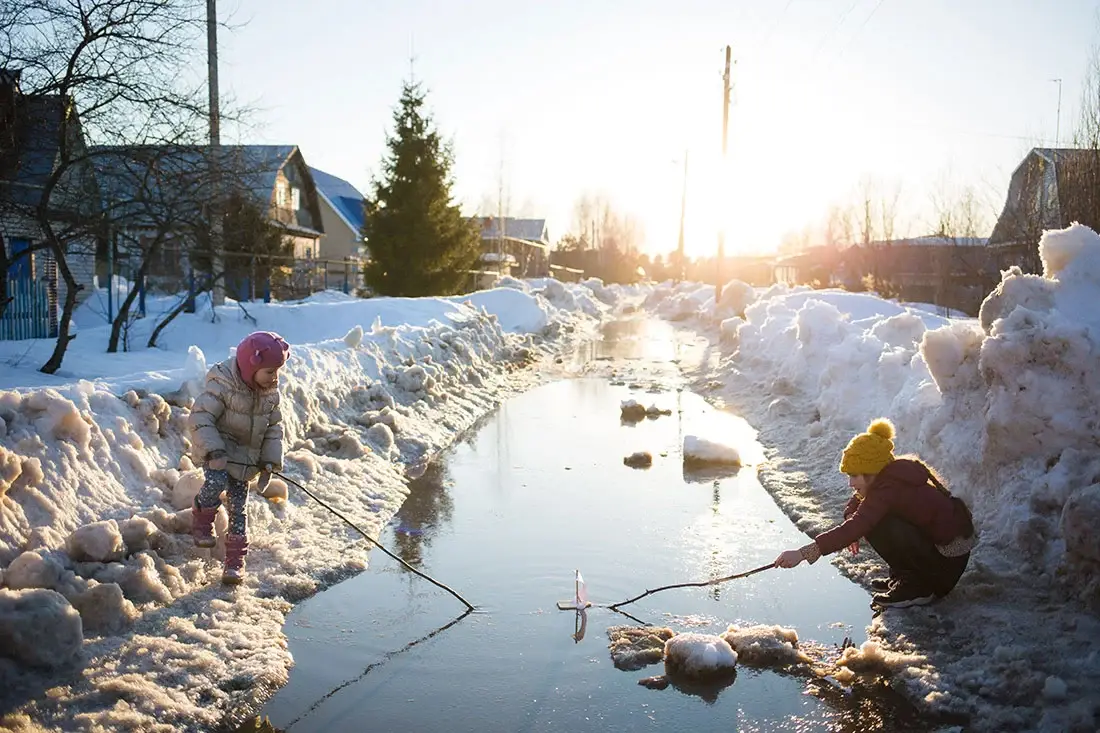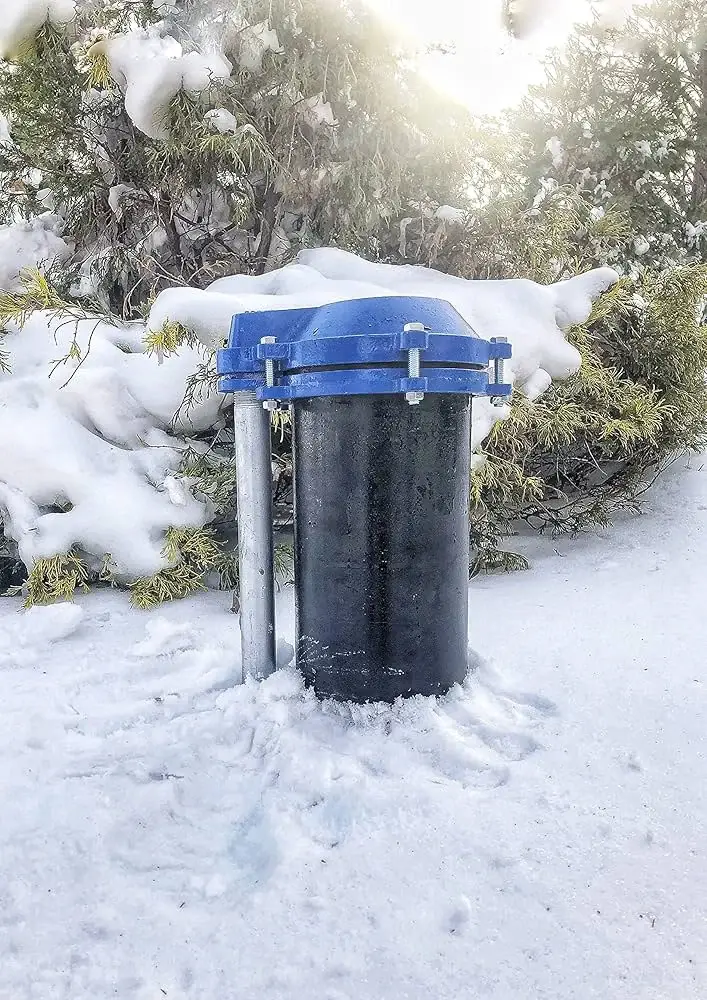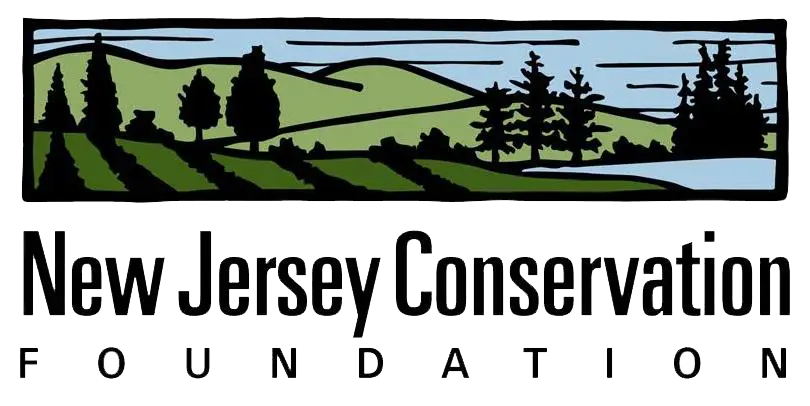Spring’s arrival often comes with the relief of milder weather, but homeowners with private wells may feel more anxiety than celebration. Melting snow can saturate the ground so quickly that runoff pools where it shouldn’t—especially around a low-yield or low-water-pressure well. This sudden surge of water can pull fertilizers, animal waste, and other surface pollutants into the aquifer, leaving anyone relying on the well worried about safety and supply. After a harsh winter, facing contamination threats when the thaw finally arrives can feel like another steep hurdle to overcome.
Defending a vulnerable well before, during, and immediately after the spring melt is critical to preventing bacterial outbreaks, chemical intrusion, and further drops in already low water pressure. Thinking ahead about grading the land, clearing snow piles, and ensuring proper seals around the wellhead can reduce the chance of polluted water slipping in. Testing for contaminants and having a backup plan if the well becomes compromised matter, even more, when a single inch of snowmelt can translate to thousands of gallons of runoff across a yard. Taking a few key steps now helps transform a time of potential crisis into a manageable transition toward the warmer season.
The Hidden Risk: Why Snowmelt Threatens Your Well
Winter tends to hide many potential pollutants—animal waste, residual chemicals, and plain old debris—all locked in layers of ice or snow. Once the thaw begins, all that contamination can rapidly liquefy and move in unexpected directions, leaving homeowners scrambling to protect their wells. This surge of water is especially worrisome if the ground is frozen or already saturated because it prevents meltwater from absorbing fully into the soil.
Such conditions make it more likely that water will pool around or seep into your well casing, potentially bringing bacteria, nitrates, and other pollutants along for the ride. Wells in low-lying areas—or those not raised a foot or more above grade—are especially prone to flooding. If that floodwater seeps in, you could face acute contamination issues just as your household needs more water for spring cleaning, gardening, or daily use.
Why a Water Pressure Booster Alone Won’t Stop Contamination
Many people with low-flow wells are tempted to install a water pressure booster come spring, hoping to address issues like shaky showers or slow-running faucets. While a booster can momentarily improve pressure by pushing water into your home at a higher force, it does absolutely nothing to prevent contaminants from entering your water supply in the first place. If used indiscriminately during heavy runoff, booster pumps might even accelerate the flow of polluted water into your piping if the suitable casing or seals are compromised.
A booster may solve “pressure” problems in the short term but can mask more profound well vulnerabilities—how easily surface water gets inside. Higher pressure propels unsafe water throughout your house if the aquifer or well shaft becomes tainted. That’s why focusing on actual prevention, rather than just boosting flow, is essential to protecting your family’s health.
Swift Actions to Shield Your Well During the Thaw
When snow melts rapidly, every passing hour can feel crucial—especially if you’ve had water creep near your foundation or well in the past. This sense of urgency underscores the need for quick, targeted fixes to significantly reduce runoff.
- Shovel Snow Away from the Well Casing:It might be backbreaking work, but clearing drifts ensures pooling water doesn’t form a puddle above your wellhead. If the job is big and you have health concerns, spread the workload over several days or enlist help.
- Inspect Your Well Cap:A cracked or loose cap invites sediment and microbes to sneak in. Replace it immediately if you see any wear, and confirm it sits at least one foot above ground level.
- Keep Gutters and Downspouts Clear:Spring melt can quickly overload gutters, sending torrents of water toward your well. Ensure debris is removed so water flows well away from your home instead of swamping the yard near the wellhead.
- Run a Quick Water Test: If meltwater is already pooling around your well, or if you notice an off-odor or cloudy appearance in your faucets, consider testing your well for common contaminants like coliform bacteria and nitrates. It’s better to catch a problem early than let it linger.
Long-Term Strategies for a Healthier Well
Once you’ve tackled immediate threats—like snow piled around the well casing—you can shift focus toward more permanent solutions. After all, spring melt is an annual event, so there’s value in planning improvements that keep your well safe year after year.
- Yard Grading and Landscaping:Re-sloping your property so water naturally drains away from the well is more than just an aesthetic tweak—it’s a robust flood prevention measure. Creating a gentle slope or installing French drains can help direct meltwater to a safer channel.
- Additional Storage for Peace of Mind:No one wants to worry about a sudden meltdown that might compromise their water. A backup tank ensures you don’t go without safe water if your well’s temporarily off-limits. Well, Manager® offers various tank sizes to store clean water for emergencies or simply buffer daily demands.
- Professional Well Maintenance:It’s wise to bring in a licensed inspector at least once a year to examine the well’s construction, seals, and pump components. Small hairline cracks or slightly corroded seals might be invisible to you but could become significant contamination gateways when next spring arrives.
Guarding Against Well Water Low Pressure During Contamination Events
Besides quality concerns, many well owners worry about well water low pressure—especially when the aquifer is stressed by rapid melt. The good news is that solutions to prevent contamination also support consistent flow. Stopping runoff infiltration helps your well maintain its natural recharge rate without getting choked by debris or sediment. Additionally, a system like Well Manager® can “sip” water from the well at a controlled pace, storing it so you always have an adequate supply. This setup can be a real game-changer if you’ve battled drops in water pressure whenever the seasons shift.
The Well Manager® Difference
If you’re concerned about your well’s health each spring, simply adding a bigger pump or an extra filter doesn’t solve the root problem of possible contamination. That’s where Well Manager® steps in.
- Balanced Water Collection:The system gently pulls water from your well, avoiding the intense drawdowns that often let sediment slip in. Over time, this preserves your well’s yield and the surrounding aquifer.
- Storage Tank Buffer:Even if flooding or heavy runoff threatens to introduce pollutants, a stored reservoir of clean water keeps your household running. You’re not forced to rely on a possibly contaminated immediate draw from the well.
- Easier Maintenance:By managing water use smartly, Well Manager® can reduce stress on pumps and related components. That means fewer costly repairs or mid-winter breakdowns and easier prep when spring thaw rears its head again.
- Consistent Pressure:Do you need reliable showers and kitchen flow? Well Manager® helps regulate output pressure so you don’t oscillate between trickles and surges. This stability makes everyday life simpler, even during high-stress times like spring runoff or summer droughts.
Proactive Steps Make All the Difference
Spring thaw shouldn’t trigger a crisis for your low-yield or vulnerable well—if you take the right steps in advance. Simple tasks like redirecting snowmelt, inspecting your well cap, and planning for an alternative water source can greatly lower your risks. Tying it all together with a Well Manager® system ensures you’re not left scrambling each year when Mother Nature decides to thaw quickly.
Armed with practical strategies, consistent maintenance, and a Well Manager approach built to handle seasonal ups and downs, you can keep contamination—and the stress that comes with it—out of your well water. After all, peace of mind goes a long way.
Related Reading
- Winter Well Maintenance: What You Need to Do Before Leaving for Vacation
- Is Your Well Water Pressure Too Low for Daily Use?
- Are You Prepared for Extra Holiday Water Use at Home?
No related posts.



